 Print This Post
Print This Post
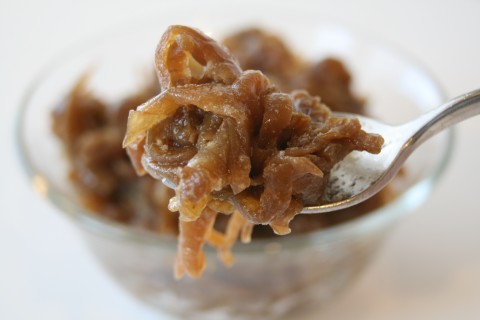
Shockingly Delicious Cooking Class
Caramelized onions are one of those cooking tricks that can make a side dish go from merely meh to marvelous.
Throw them in cheater mashed potatoes (instant potatoes, doctored up) and you won’t recognize the spuds came from a box. Stir them into sautéed green beans or wilted greens, sprinkle atop a pizza or use as a condiment on roast chicken or even a grilled steak. It all works, and their transformative power is surprising in the best way.
Caramelized onions are traditionally done stove-top, in a skillet over long, low heat, but the slow cooker, with its “throw it in and forget it” vibe, does a very nice job on them, too, with far less time needed to directly tend them.
And since time is money, this easy version wins on several counts. For our next Shockingly Delicious Cooking Class, let me teach you how to make caramelized onions in the slow cooker:
Dorothy’s Crock-Pot Caramelized Onions
- 6 large regular yellow onions (3-4 pounds)
- 2-3 tablespoons good quality olive oil
Peel onions and cut them into thin slices; you should have about 6 cups (exact amount is not crucial, though). Mist the inside of the ceramic insert for the slow cooker, place onions in cooker and drizzle the oil over the slices. Cover and cook on high 10-12 hours, until the onions caramelize. They will have a deep brown color.
Leftover caramelized onions may be refrigerated, covered, up to a week or two. They may be frozen up to 6 months.
Makes 3 cups.
Advice
- Portion out the caramelized onions into little freezable containers, label them and freeze for future use. I usually have 1 opened container in the refrigerator, and the onions find their way into many things as I’m cooking during the week. When I use those up, I can just reach for another small container from the freezer and I’m ready to go again.
- You may use butter instead of olive oil. I skew to olive oil for health reasons, but butter is what you would use if you were doing them in a skillet.
Sweet vs. regular onions (also called storage onions)
You will get best results in this recipe by using regular onions, according to Kim Reddin, director of Public and Industry Relations for the National Onion Association.
She says: Sweet onions (examples: Vidalia, Texas 1015, Walla Walla, Imperial Sweets, Oso Sweet onions, Maui Sweets) are higher in water content than cooking/storage onions available this time of year from the U.S. Most yellow storage onions are lower in water content and higher in sugar content. This means two things:
- Because storage onions have a higher percentage of solids and less water (in comparison to sweet/mild onions), they are ideal for long cooking. Storage onions (available September-April) hold up better under long periods of heat and will produce a higher yield.
- When you eat raw storage onions, you will taste the sulfur compounds that give them that strong onion flavor; however, when you apply heat to them, the sulfur compounds dissipate, allowing the sugars to become caramelized. Our palate doesn’t perceive the high sugar content until heat is applied. When heat is applied to sweet/mild onions, often the sugars evaporate in the water shed during the heat process, leaving a “weak” onion flavor.
What is caramelization?
It refers to the burning or breaking down of any sugars in foods, according to food sleuth Shirley Corriher. In her book “CookWise,” she writes: “When onions cook, some of the their strong sulfur compounds dissolve and break down, and many evaporate. New compounds are formed. Some of the compounds that form in onions are even sweeter than sugars.”








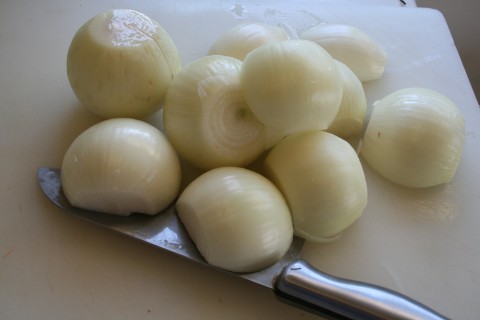
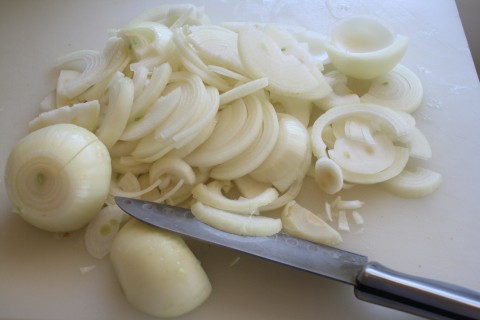
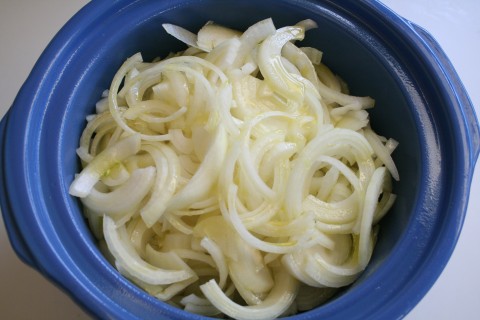
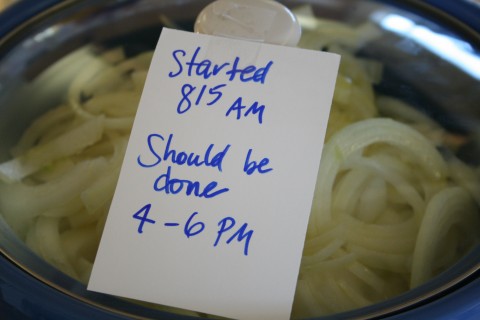
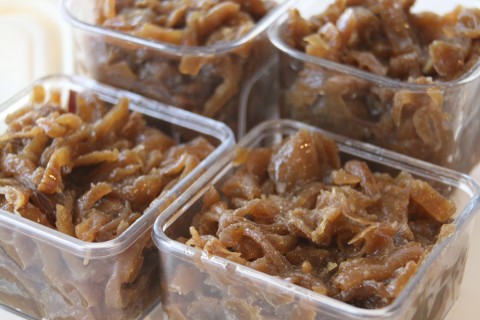
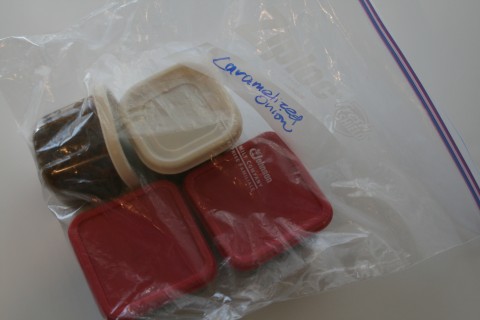
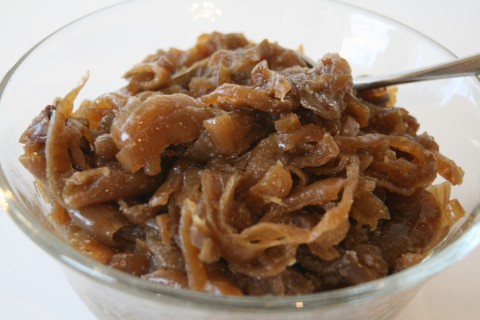
 Welcome to my kitchen!
At ShockD, you’ll find scrumptious, tried & true, "scary good" recipes, tips and coaching to make YOU a fabulous home cook! Don't blame me if you need a 12-step program to wean yourself away!
E-mail me: Dorothy.Reinhold@gmail.com
Welcome to my kitchen!
At ShockD, you’ll find scrumptious, tried & true, "scary good" recipes, tips and coaching to make YOU a fabulous home cook! Don't blame me if you need a 12-step program to wean yourself away!
E-mail me: Dorothy.Reinhold@gmail.com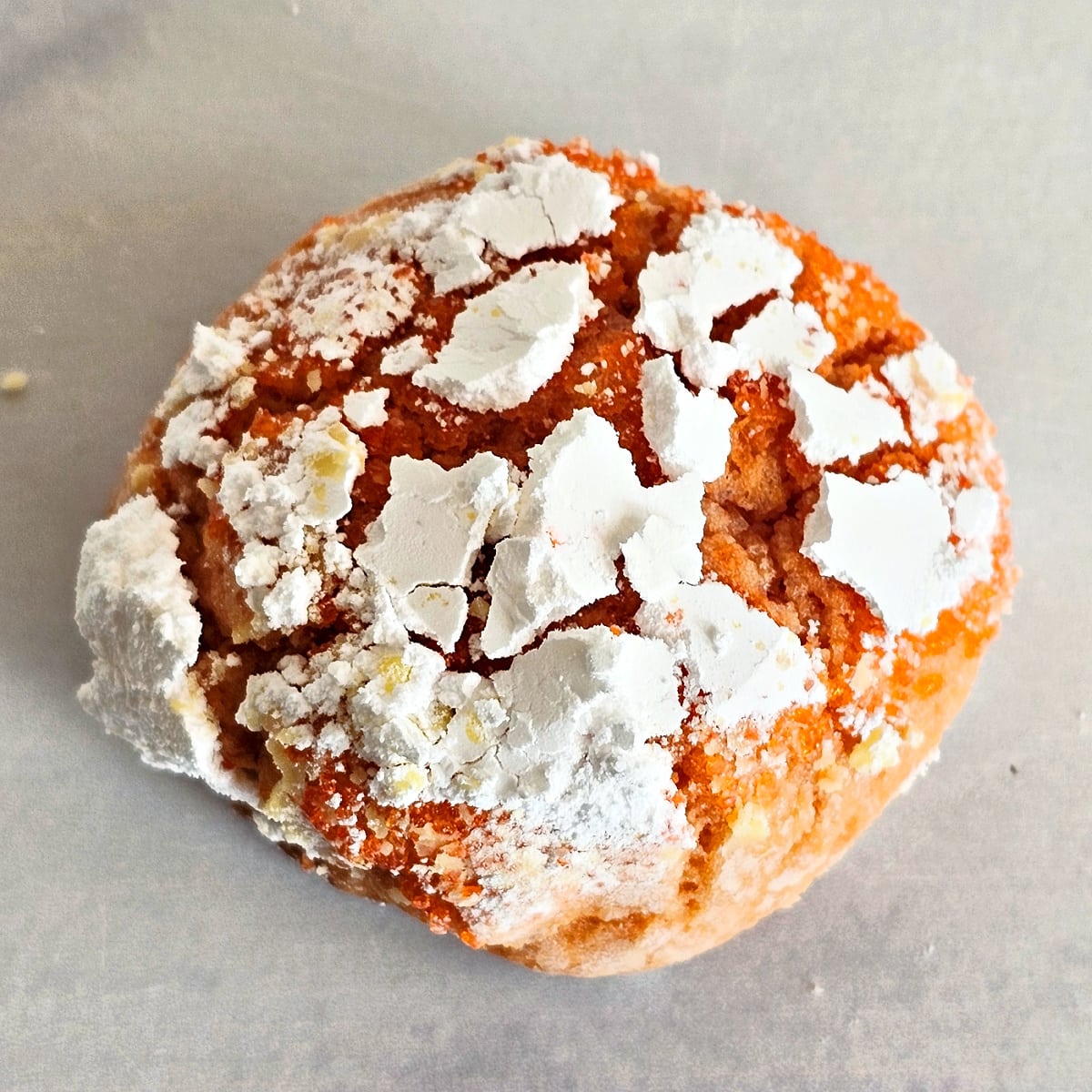
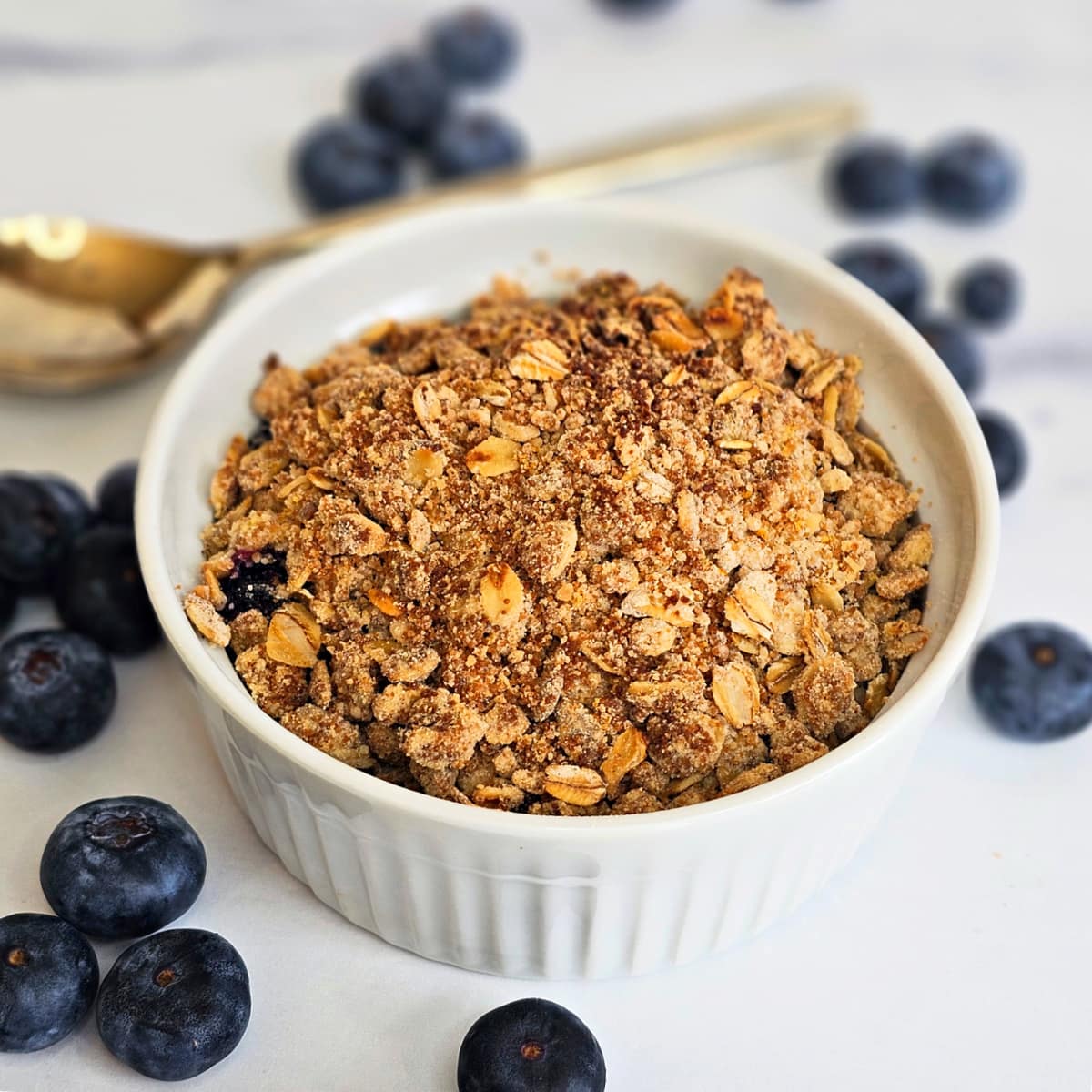
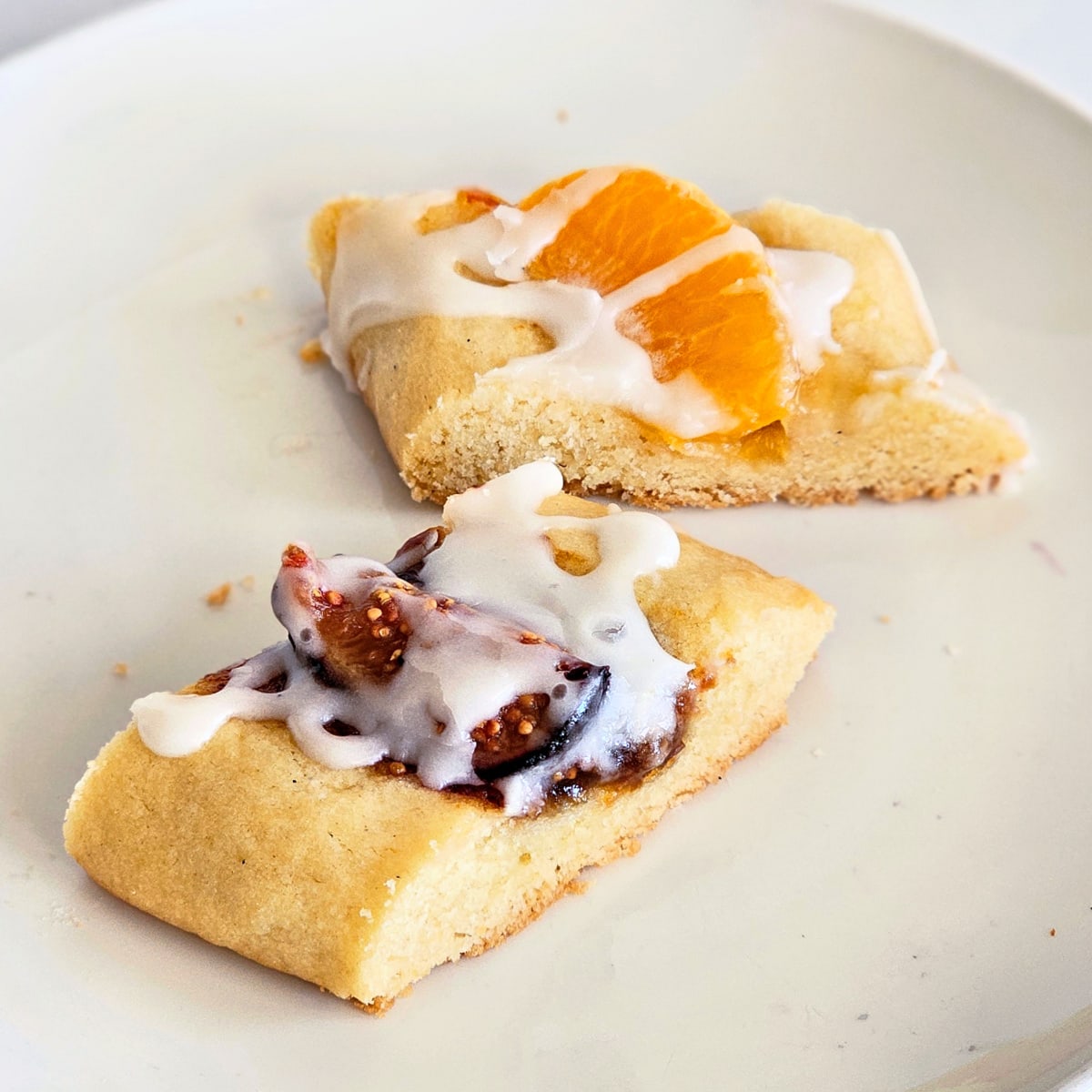
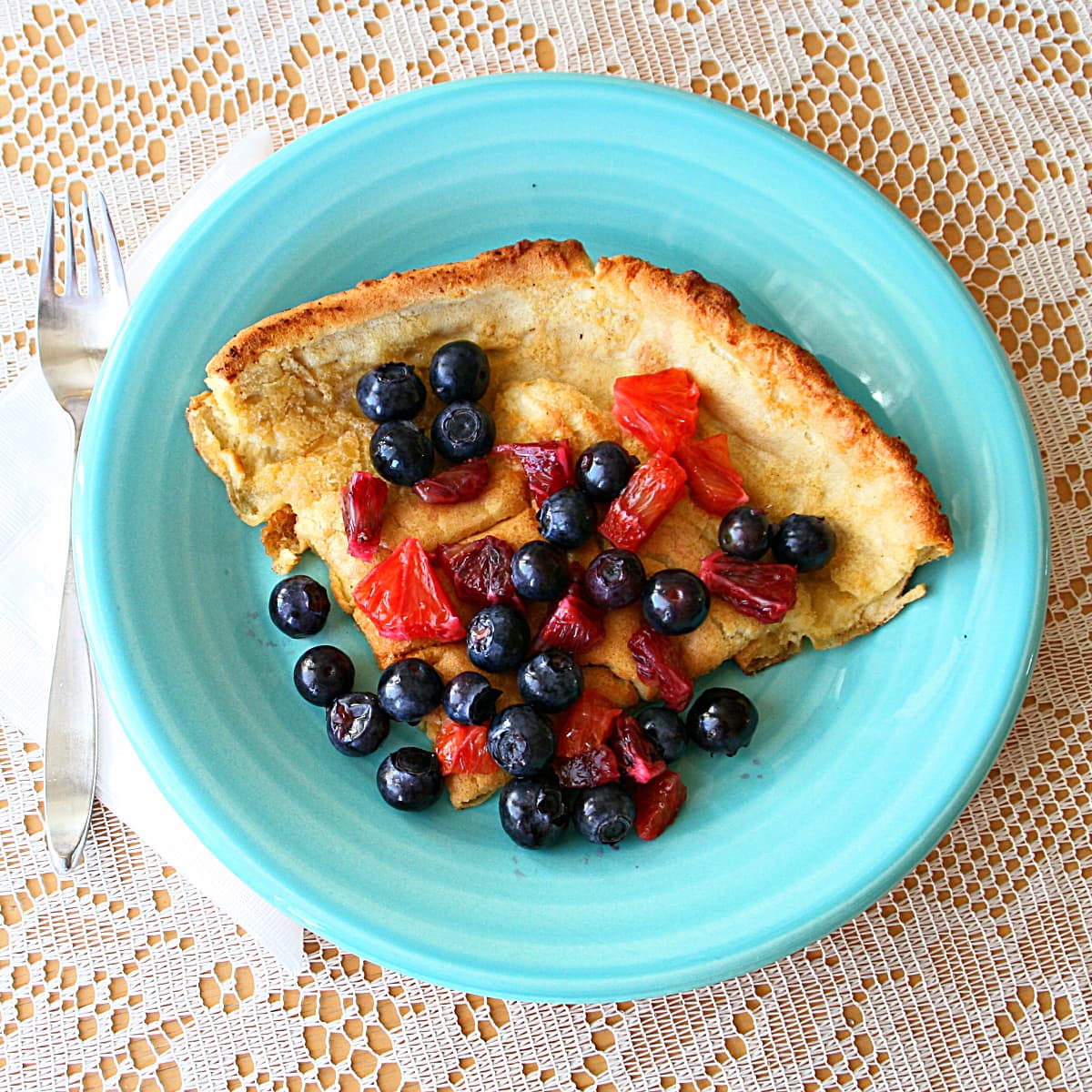
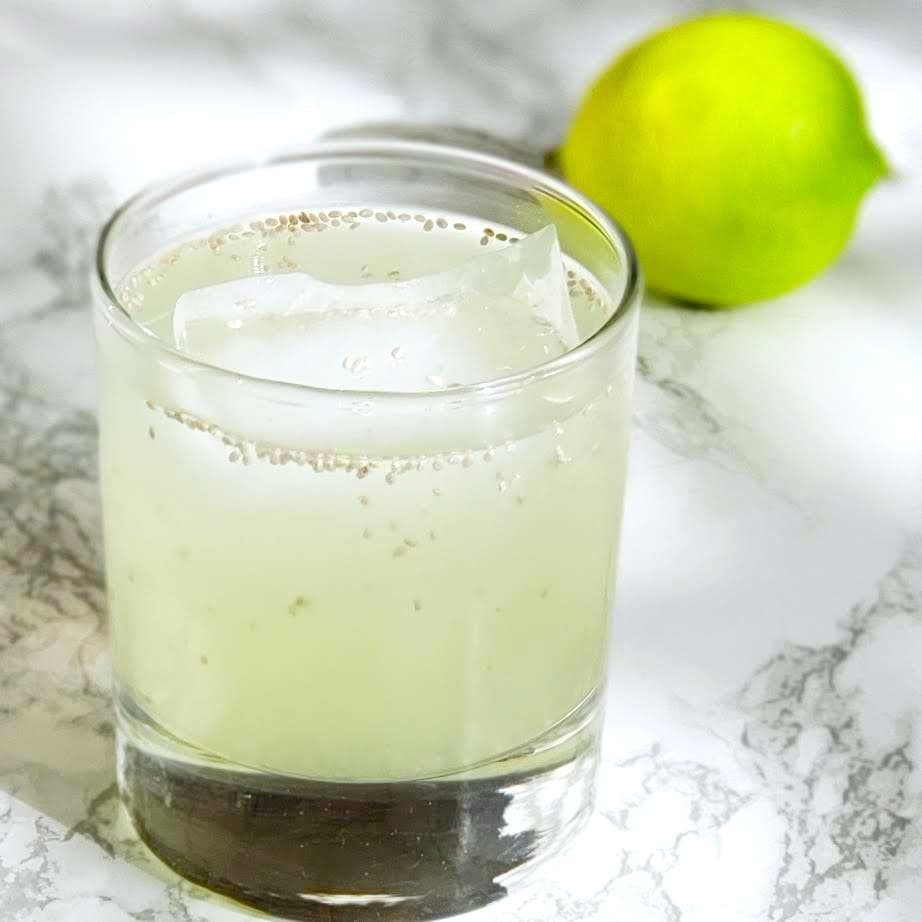
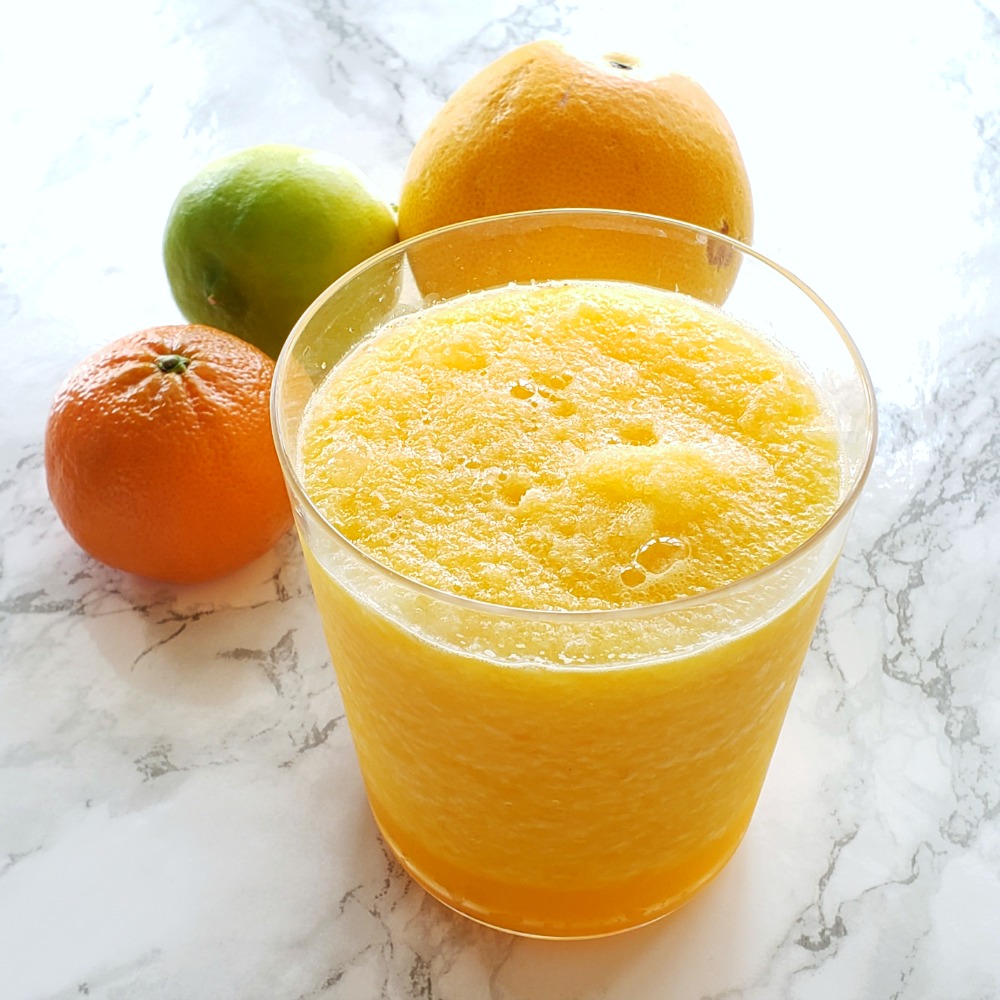
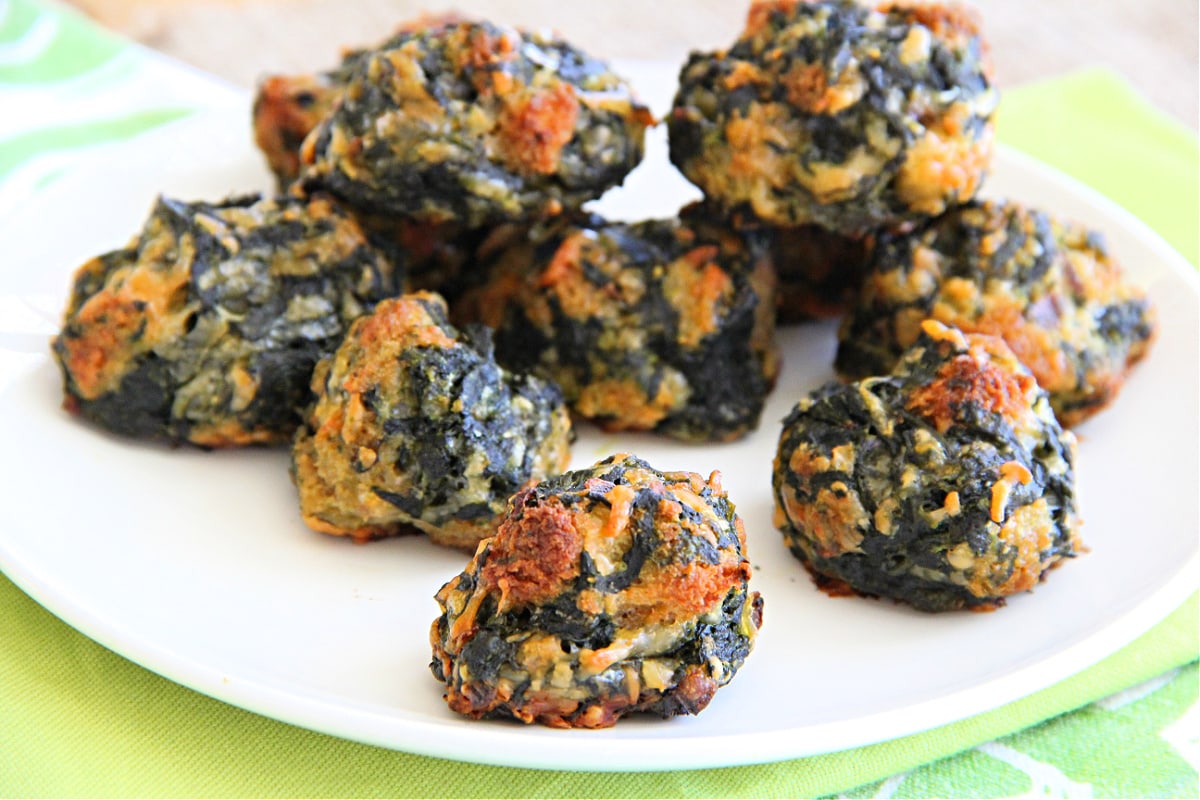
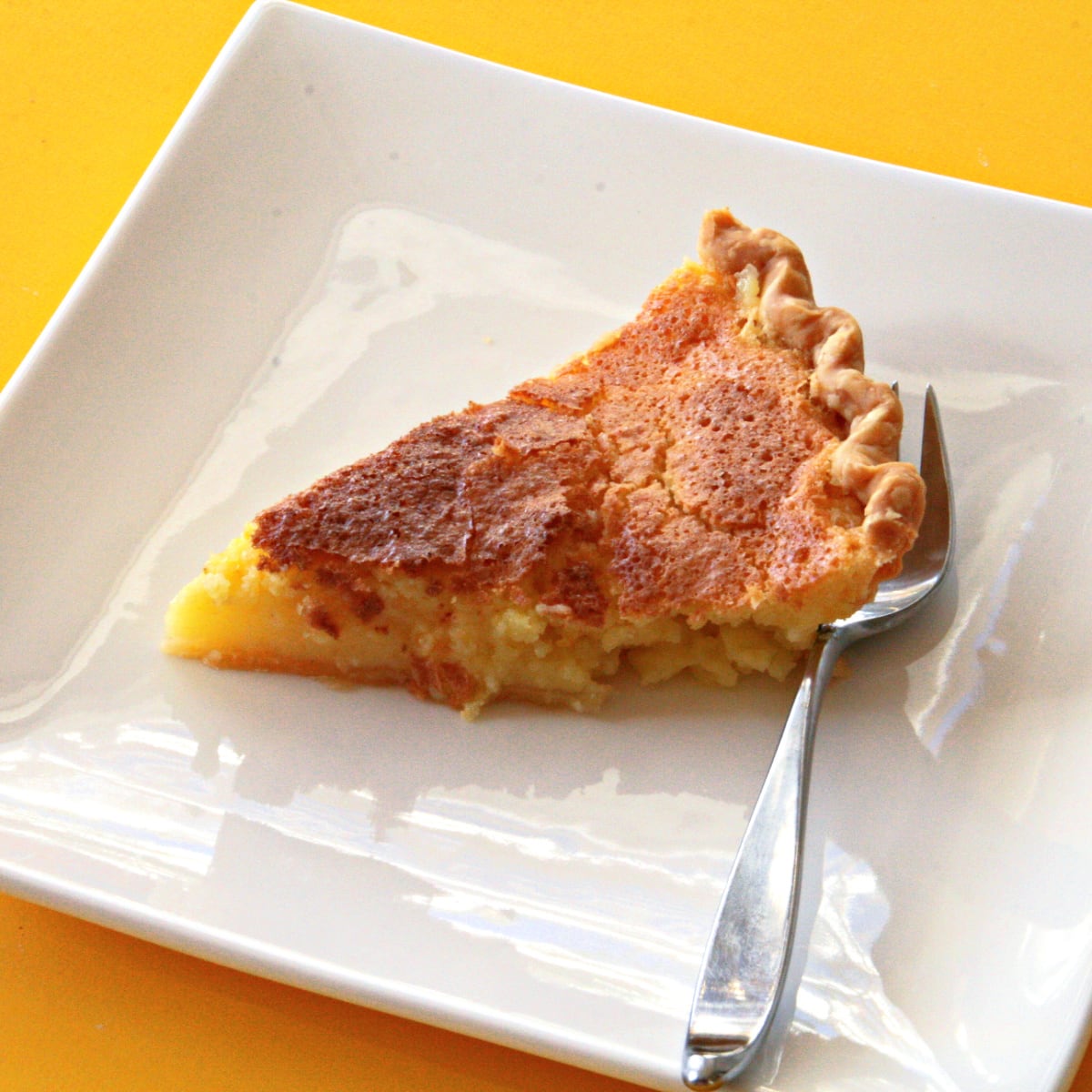

{ 20 comments… read them below or add one }
← Previous Comments
Next Comments →
{ 8 trackbacks }